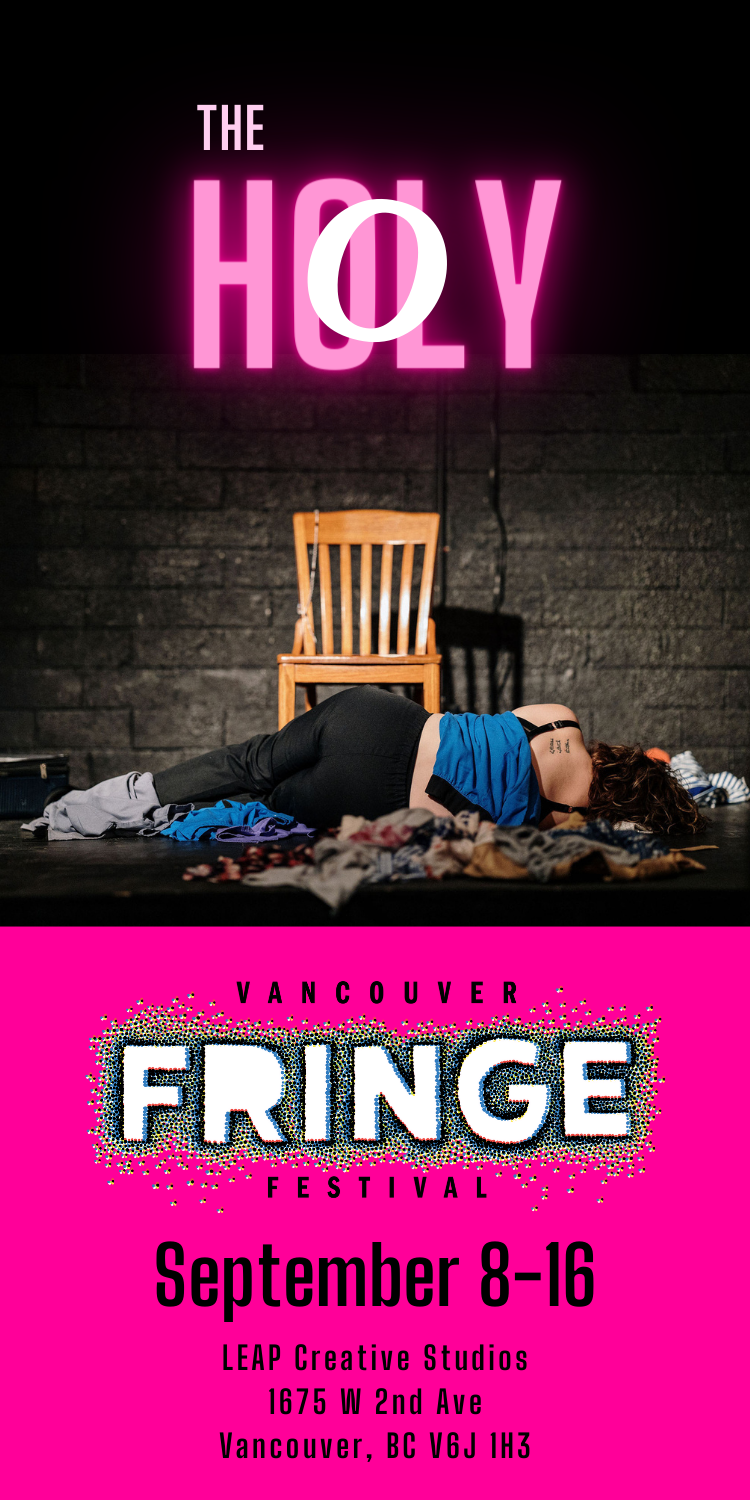Nimona, an animated film by Netflix and Annapurna Pictures studios, is now streaming on Netflix. On June 30, the streaming platform released the enchanting film inspired by the beloved graphic novel by ND Stevenson in which the audience is transported to a world unlike any other; where the boundaries between medieval and futuristic, reality and fairytale, are elegantly blurred. Nimona promises to take viewers on an extraordinary journey.
Released on the last day of Pride Month, Nimona’s message of love and acceptance transcends the confines of just one event. With meticulous attention to detail, Nimona brings its vivid visuals to life, painting a picture that is nothing short of awe-inspiring.
In an exclusive interview for Loose Lips Magazine, José Manuel Fernández Oli, one of the character designers shared some words on the process of designing this lovable character.
Loose Lips: Tell me more about the process behind designing Nimona.
José Manuel Fernández Oli: I aimed for Nimona to be easily recognizable and for her essence to shine through, even in surprising transformations like becoming a fish. It was crucial to maintain consistency in her eyes and gaze. As for Ballister, I stuck closely to his original characteristics from the comic book. The Shadow Creature required careful thought and alignment with the film’s overarching theme of light and shadow. Although I didn’t directly communicate with N.D. Stevenson, I know they were collaborative with the film’s directors and art director. Collaboration was also present during the production phase with Annapurna and the directors, Nick Bruno and Troy Quane.
LL: Fans of the beloved graphic novel might want to know why some changes were made in the style, which in my opinion, became majestic, really looking hand-painted. Can you tell me more about that?
JO: Adapting characters from one medium to another always presents challenges. The key is to respect the essence of the original material while bringing a fresh perspective to engage both existing fans and new audiences. It’s a delicate balance. The visual style of Nimona was influenced by classic 2D animated films, combined with the technological advantages and camera freedom offered by 3D techniques. The art director, Jeff Turley, played a significant role in determining the overall style. We took inspiration from the work of Charley Harper. To design the Shadow Creature, I first looked at images from the comic book as a starting point. Then, I delved into the aesthetic vision of dragons in the Middle Ages for inspiration. I considered different ideas, even exploring a more traditional dragon concept. Eventually, I settled on a concept that uniquely played with shadows, offering occasional glimpses of its interior.
LL: In this captivating tale, Nimona redefines societal norms, challenging traditional heroes and villains. How did you make sure viewers would be captivated by the heroes shaping expectations and villains caught in their own web of deceit?
JO: Feedback and input from the artistic direction and creative team shaped the designs, while adhering to a specific visual language in the film
Besides this, the story is one of queer and transness and the fear people tend of those who are different. The art styles translate the feeling, emotions and subtexts perfectly. And yes, diversity is on the plate too. According to Olie, during the production phase, character designs went through changes and adjustments to improve technical aspects and expressiveness. Certain aspects may have deviated from the original vision due to special effects and budget considerations. He brought the characters to life and ensured the transition from 2D to 3D stayed authentic.
And the diversity is not only focus on gender and/or sexual orientation, but also on immigrants, going well beyond a simplistic story that was even more enhanced with a glorious art style. According to Ollie, the diverse group of refugees living outside the city wall reflected the film’s futuristic/medieval version of New York, with recognizable cultural and ethnic influences.
LL: How do you believe the character designs in Nimona contribute to the overall visual identity and appeal of the film?
JO: Well, it’s quite a set. The visual style has “codes” visual rules that apply to everything, both characters and environments. The visual language in this film is very evident, with highly ordered geometric patterns in everything related to the institution and curved and fluid forms for Nimona and the rest of the characters.
LL: Colours and shadows play an important part in the movie. Can you talk a little about that?
JO: Yes, it is a pattern that is repeated throughout the entire movie. We play all the time with the representation of light and shadow. The shadow is where “the monsters live” and Nimona sinks when she is not accepted. It can be seen in the scene where Nimona and Gloreth meet. Nimona is hidden in the shadows of the forest and when Gloreth accepts her as her friend, she comes out into the open. Likewise, when Nimona shows her changing nature and Gloreth is surprised with some fear, Nimona instinctively steps back to return to the shadows. The clearest example is when she even feels rejected by Ballister Nimona, she becomes completely covered in shadow, into a “monster” product of frustration, grief, and anger. In the colors, there is also a code, predominantly red, purple, and black in the heroes and white, gold, and blue in the institution.
Nimona is now streaming on Netflix.




